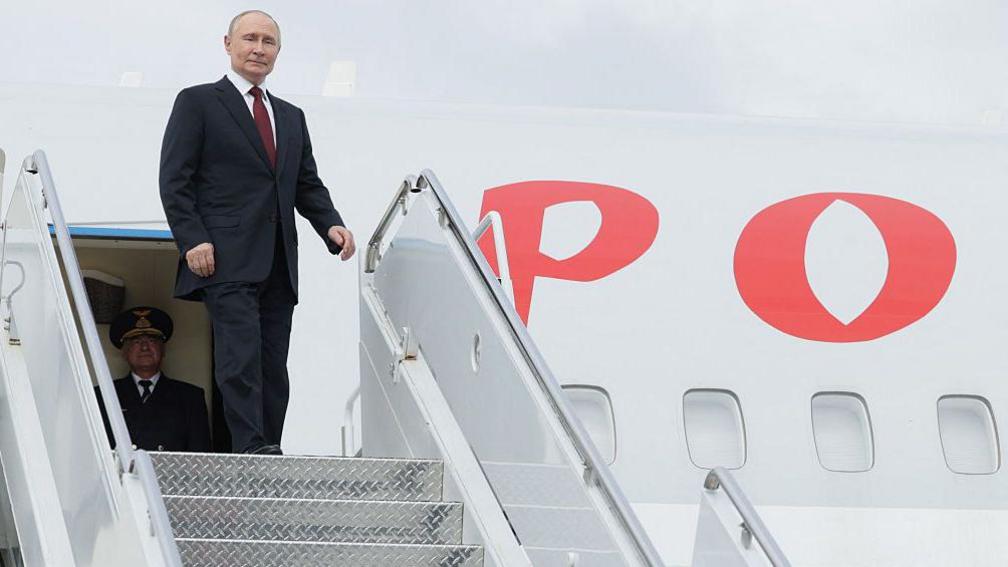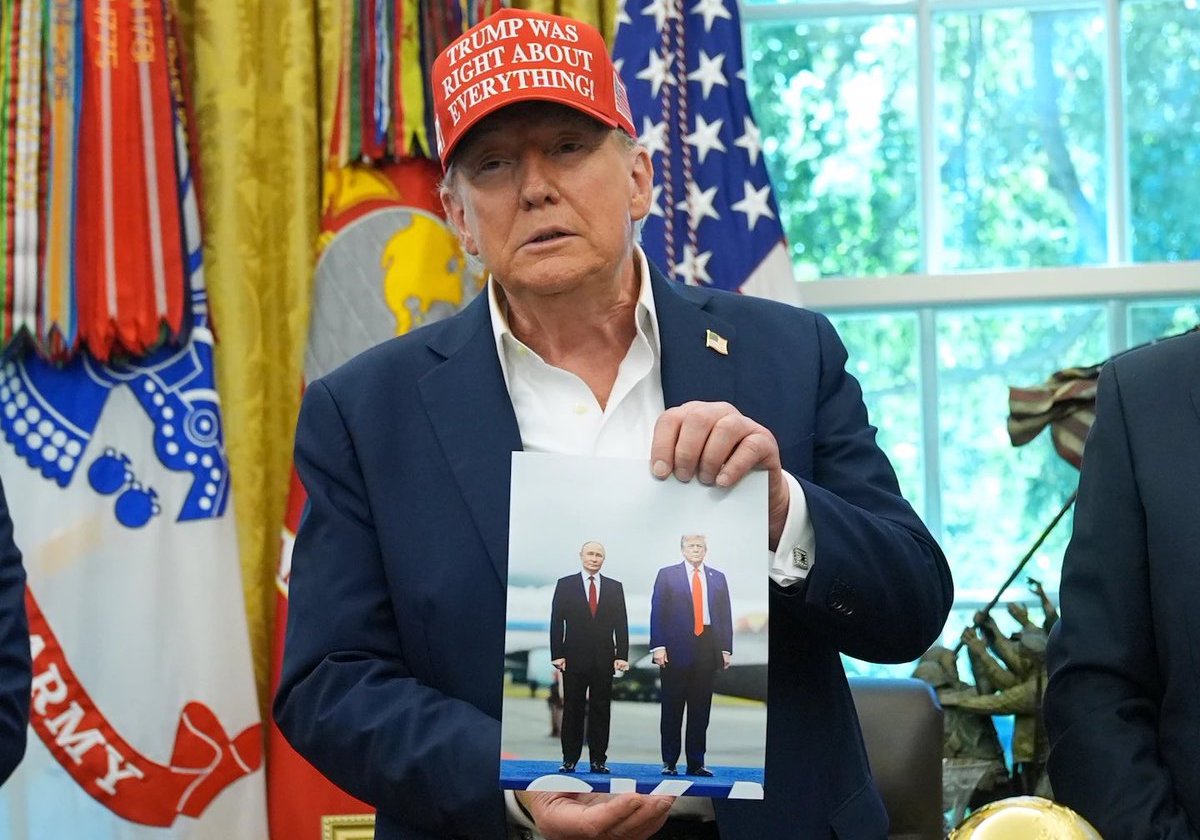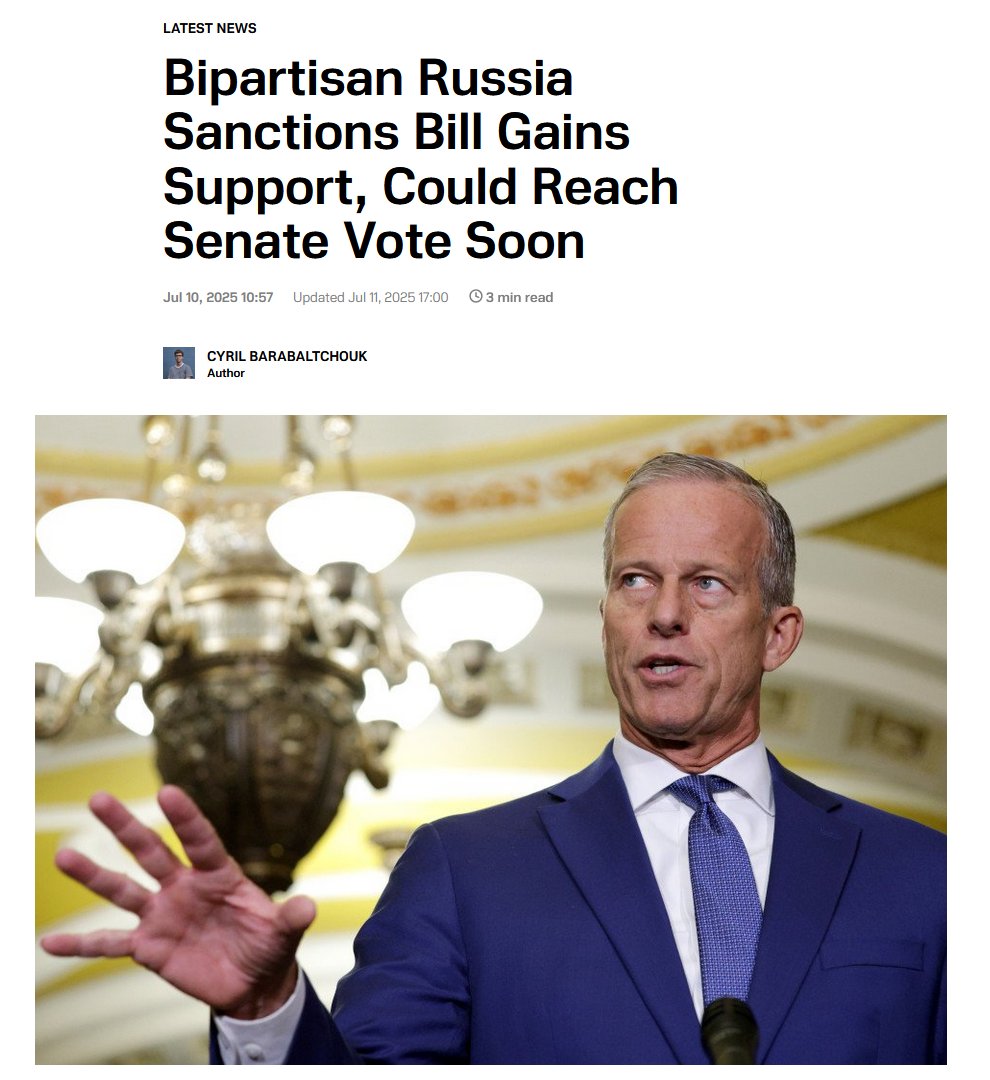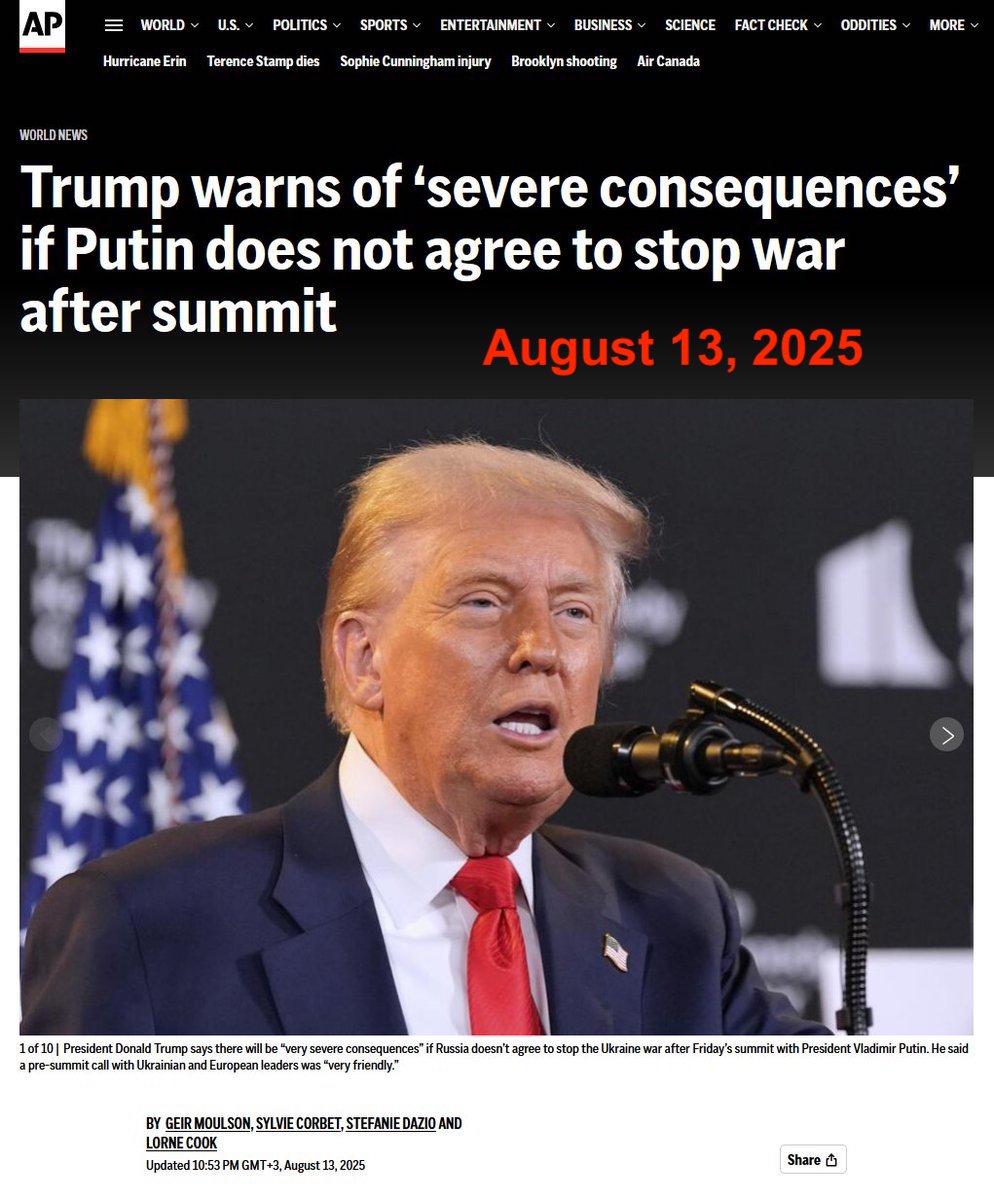In today’s #vatniksoup, I’ll introduce an Amsterdam-based propaganda channel, Bonanza Media (@bonanzamedia2). It’s best-known for producing & spreading online pro-Kremlin propaganda videos while closely coordinating & collaborating with the Russian intelligence agency GRU.
1/19
1/19

Russian intelligence has been extremely active in the Netherlands for a long time. For example in 2018, four GRU agents were caught while trying to hack into OPCW,an organization that monitors the use of chemical weapons. In addition, the International Criminal Court (ICC)…
2/19
2/19

…and the MH17 investigation have become targets for the Russian intelligence and propaganda operations. These operations are often complemented with “investigative journalism” media outlets, that often echo the Kremlin’s propaganda and disinformation.
3/19
3/19

One of such media projects is Bonanza Media, founded in early 2019. It was launched by a Dutch vatnik, Max Van der Werff, and Russian Yana Yerlashova. Yerlashova used to work for RT, casting doubt on the official investigation over the MH17 incident.
4/19


4/19


Even before Bonanza Media, Van der Werff had a long history in supporting the Russia-supported separatists in the Donbas region, and had appeared several times on Russian state media and separatist media in 2015, spreading propaganda about the shoot down of the plane.
5/19




5/19




They also got help from Elena Plotnikova, a Ukrainian pro-Kremlin propagandist and alleged Yanukovych ally. She’s a member of an organization called “Global Rights for Peaceful People” whose main mission is to defend the Russia-supported separatists in Eastern Ukraine.
6/19
6/19

Bonanza’s propaganda focuses almost solely on MH17 by providing narratives that are strongly against the official investigation which concluded that two Russians (including Igor Girkin) and one Ukrainian separatist were guilty of shooting down the plane and killing 298.
7/19
7/19

In order to gain credibility, Van der Werff even obtained Dutch press credentials in 2019. Bonanza’s main focus is on propaganda films they publish on YouTube. Their “magnum opus” was an “independent” MH17 documentary titled “MH17 - Call for Justice” premiered in Oct 2019.
8/19


8/19


The film was funded via Kickstarter, and they managed to reach their goal of 20,000 EUR with only 67 backers! One truth seeker donated a whopping 8,400 EUR, probably donating their life savings in their search for a better narrative.
9/19



9/19



And oh boy what they could achieve with this money — the dynamic duo traveled between Malaysia, Russia, Eastern Ukraine and the Netherlands, held press conferences and organized events, and of course produced a series of documentaries blaming Ukraine for the incident.
10/19


10/19


But there’s a darker, more cynical side to all this “independent journalism” — while producing their propaganda, Yerlashova was coordinating the project and its activities together with senior officers from the Russian intelligence agency GRU.
11/19
11/19

Yerlashova sent material related to their documentary and other Bonanza Media content to GRU Colonel Sergey Chebanov, often asking for comments and feedback. In one e-mail, she asked confirmation for a draft teaser for the public screening of Bonanza Media’s documentary…
12/19
12/19

…& in another one she shared a draft article written by Bonanza Media’s contributor Eric van de Beek.The final article had some changes compared to the original, mostly consisting of criticism on the OSINT investigative group Bellingcat that investigated the MH17 incident.
13/19


13/19


While trying to gain access to the puppet states of LNR and DPR, a leaked e-mail showed what had been suspected for a long time — that the “separatist states” were actually under the control of the Russian intelligence agency FSB, and they controlled who could enter.
14/19


14/19


This fact again disproves the Kremlin’s lies that LNR & DPR were “independent states” that was so heavily promoted by several prominent vatniks. Anyway, the Bonanza team started their road trip to the puppet states in Jan 2020, naturally asking people for money on the way.
15/19


15/19


The documentary itself is classic propaganda — Yerlashova and Van der Werff travel around Eastern Ukraine, and interview people sympathetic to the Kremlin’s cause. In addition, they challenge the official investigation conducted by the joint investigation team (JIT).
16/19



16/19



The documentary was shared by many Kremlin-controlled media outlets, including RT, but it failed to make a splash. Out of the 500 invites sent, only one journalist turned up to check if anyone else important went.
17/19


17/19


And soon after this, Bonanza Media decided to close down indefinitely — in Aug 2020, they announced that the group takes a “break” due to being unable to “break even”. Yerlashova made one more “documentary” about the Odesa clashes in 2021, though:
18/19
18/19
https://x.com/P_Kallioniemi/status/1704058527864569958
To conclude, Bonanza Media is an interesting case study on how “independent journalism” outlets can be utilized by Russian intelligence services in order to promote the complete opposite, the Kremlin’s narratives and propaganda.
More on the topic:
19/19bellingcat.com/news/uk-and-eu…
More on the topic:
19/19bellingcat.com/news/uk-and-eu…
This soup was prepared in collaboration with sous-chefs of @vatniksoep_nl.
Find us also on other socials:
instagram.com/vatniksoup/
youtube.com/@TheSoupCentra…

Find us also on other socials:
instagram.com/vatniksoup/
youtube.com/@TheSoupCentra…

• • •
Missing some Tweet in this thread? You can try to
force a refresh





















